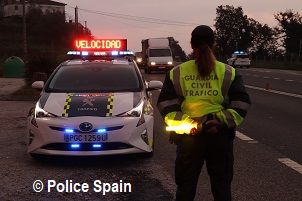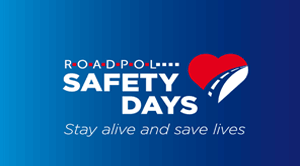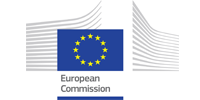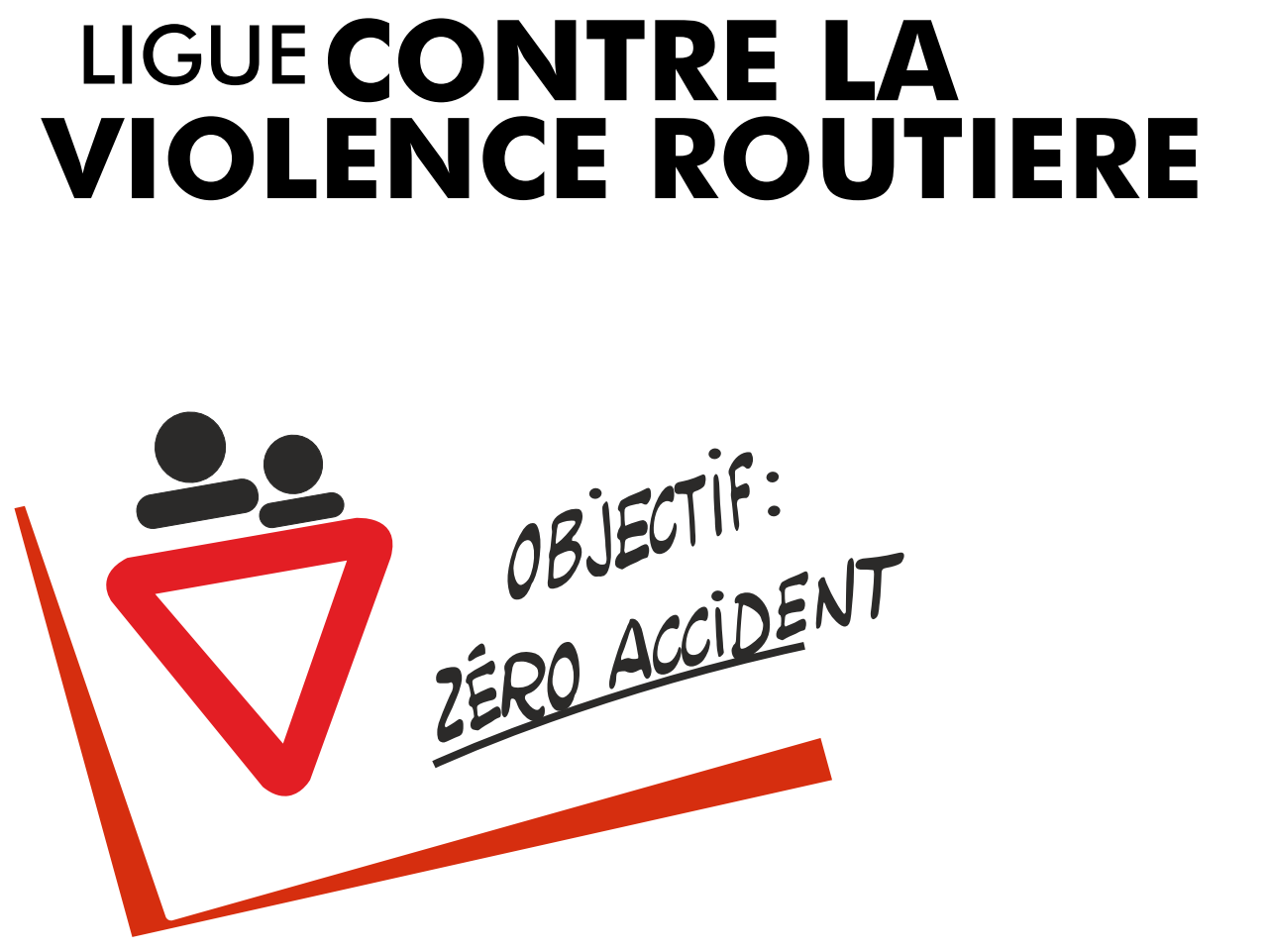New Tech To Instantly
Flag Fatigue, Risky Driving
 19 APR- An EU scientific project is set to come up with an advanced electronic device that can check people’s driving performance and counter effects of driver fatigue.
19 APR- An EU scientific project is set to come up with an advanced electronic device that can check people’s driving performance and counter effects of driver fatigue.
Called FITDRIVE, the project, led by the ITCL Technology Centre in Spain, is building technology integrated into the car’s software that will send customised alerts to drivers when they should pay more attention to the road or even take a break.
Signs
Carlo Polidori, president of the Italian Association of Road Safety Professionals, an organization promoting best practices in the field of road safety, was always rubbing the back of his neck when behind the wheel for a long time. But he never knew about it until the association joined the project that received EU funding to develop a better way for detecting the onset of mental and physical fatigue in drivers. ‘Before, I had no idea that this was an indicator I’m getting fatigued,’ said Polidori before the Horizon, EU's reseach and innovation magazine.
Risk
Driver fatigue contributes to 15% to 20% of serious road crashes, as reported by the European Road Safety Observatory. In 2023, approximately 20,400 people died in EU road accidents, with only a 1% decline compared to 2022. FITDRIVE is part of efforts to reduce road fatalities in Europe, aiming to prompt safer driving behaviors through innovative technology. While existing technology in the field can send alerts when people stray from a lane or drive erratically, it is mostly onboard software that isn’t customised for each driver.
Detection
The FITDRIVE team is tackling the fundamental challenge of identifying when a driver is becoming tired. They're conducting tests on volunteers, who have driven in simulators and on closed-off tracks in Italy and Spain under varying conditions in 2023. Real-world tests are planned in Ireland, Italy, and Spain before the project concludes. Data from these tests, collected through facial cameras and brainwave-monitoring headsets, will feed into an algorithm. This algorithm, combined with an electronic bracelet, detects signs of fatigue by monitoring heart rate, arm movements, and perspiration. It continually learns and adapts to each driver, fine-tuning itself to detect individual cues of tiredness, such as when Polidori touches his neck. This personalized approach distinguishes FITDRIVE from existing systems, providing tailored advice to drivers before they even realize they're fatigued.
Opportunities
Current technologies for recognizing erratic driving patterns rely on generic algorithms tested on large groups of volunteers. However, these methods lack accuracy due to individual driving styles. The FITDRIVE project, with 10 partners from seven countries including Advanticsys and the European Driving Schools Association, seeks to address this limitation. The team believes the new technology could prove beneficial for self-driving cars, where passengers must remain alert to intervene if needed. According to them the system could be integrated into self-driving vehicles to monitor passenger alertness, ensuring readiness to take control when necessary.











